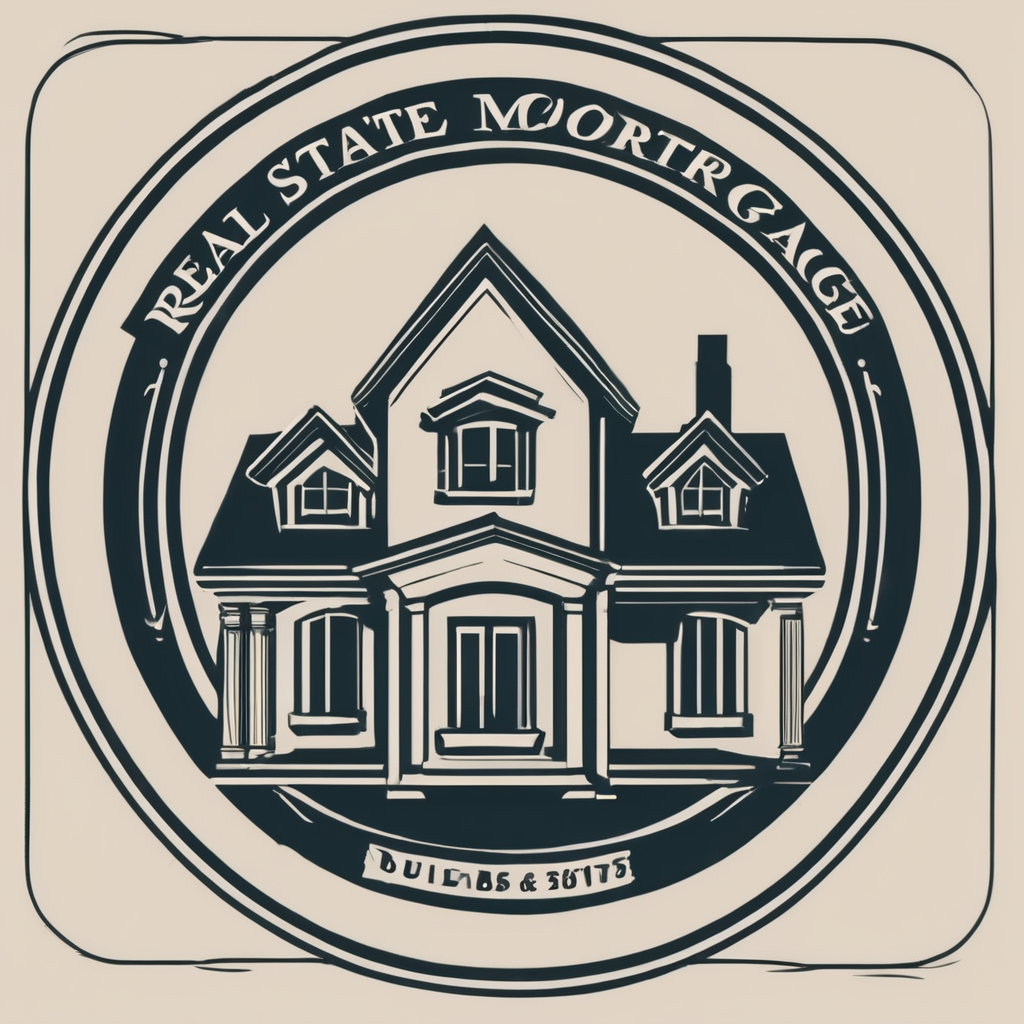Embarking on a house extension project can be daunting, especially when faced with the maze of planning regulations and permissions. Whether you’re adding a single storey kitchen extension or a double storey rear extension, understanding the rules and processes is crucial.
For homeowners looking to transform their property, this guide provides a comprehensive overview of the steps involved in obtaining the necessary consents, ensuring your development aligns with local authority guidelines and building regulations.
Lire également : What are the financial implications of extending a lease on a UK leasehold property?
Understanding Planning Permission and Development Rights
When you decide to extend your house, the first question that arises is whether you need planning permission. In the UK, not all extensions require formal consent from the local authority. Some can be built under permitted development rights, which allow certain types of work without the need for an application.
Permitted development rights cover a variety of extensions, including single and double storey projects. However, these rights come with specific conditions and limitations. For instance, a rear extension should not extend beyond the original rear wall of the house by more than eight metres for a detached house, or six metres for other types of houses. It should also not exceed four metres in height.
Avez-vous vu cela : How to assess the potential for rental income in emerging UK property markets?
When Planning Permission is Required
If your planned extension falls outside the scope of permitted development rights, you will need to apply for planning permission. This is often the case for more ambitious projects, such as multi-storey extensions, or if your home is in a listed building or conservation area.
Applying for planning permission involves submitting a detailed planning application to your local planning authority. This application must include plans and drawings of the proposed extension, along with a statement detailing how the project meets local development guidelines.
The Role of Local Authorities
Your local planning authority will review your planning application to ensure it complies with national and local development plans. They will consider factors such as the size and scale of the extension, its impact on the surrounding area, and whether it respects the character of the neighbourhood.
If approved, you will receive a planning permission notice outlining any conditions you must adhere to during the building process. If your application is refused, you have the right to appeal the decision, although this can be time-consuming and costly.
Navigating Building Regulations
Once you have obtained the necessary planning permissions, your project must also comply with building regulations. These regulations set standards for the design and construction of buildings to ensure the health and safety of residents, as well as energy efficiency and accessibility.
Key Building Regulations to Consider
Building regulations cover various aspects of construction, including structural integrity, fire safety, ventilation, and insulation. Key areas to pay attention to for house extensions include:
- Foundations and Footings: Ensuring your extension has adequate support to prevent subsidence.
- Thermal Performance: Meeting insulation standards to improve energy efficiency.
- Electrical and Plumbing Work: Adhering to safety standards for new installations.
- Accessibility: Providing adequate access for people with disabilities.
Working with Building Control
To ensure your extension meets building regulations, you must submit a building regulations application to your local authority. Alternatively, you can engage an approved inspector to oversee the work.
Building control officers or inspectors will review your plans and conduct site visits during construction to ensure compliance. Once the project is complete, you will receive a completion certificate, confirming that the work meets all relevant standards.
Design and Planning for Your House Extension
Designing a house extension is an exciting process, offering the opportunity to create additional space that enhances your living experience. However, careful planning is essential to ensure the project meets your needs and complies with planning and building regulations.
Engaging an Architect or Designer
Hiring a qualified architect or designer can significantly streamline the design process. They can provide creative solutions that maximize space while ensuring your extension integrates seamlessly with the existing structure. Moreover, they can assist with preparing detailed plans and drawings required for planning applications and building regulations submissions.
Planning for Functionality
When planning your extension, think about how the new space will be used. Consider factors such as:
- Room Layout: How will the new rooms connect with the existing house?
- Natural Light: How can you maximize natural light to create a bright and inviting space?
- Storage Solutions: Integrate smart storage solutions to make the most of the new area.
- Future Needs: Plan for future needs, such as additional bedrooms or home office space.
Aesthetic Considerations
Your extension should not only be functional but also visually appealing. Consider the architectural style of your existing home and how the new build will complement it. Use materials and finishes that match or enhance the current design to create a cohesive look.
Managing the Construction Process
Once you have obtained all necessary permissions and completed the design phase, the next step is to manage the construction process. This involves coordinating various trades, adhering to timelines, and ensuring the work meets the required standards.
Hiring a Contractor
Choosing the right contractor is crucial to the success of your building extension. Look for contractors with experience in residential extensions and check their references. Obtain detailed quotes and ensure the contract outlines the scope of work, timelines, and payment terms.
Managing the Build
Effective project management is essential to keep the build on track. Regularly communicate with your contractor, monitor progress, and address any issues promptly. Ensure that all work meets building regulations and any conditions specified in your planning permission notice.
Dealing with Party Wall Agreements
If your extension affects a shared wall with a neighbouring property (known as a party wall), you will need to comply with the Party Wall Act 1996. This involves serving notice to your neighbours and obtaining their consent before commencing work. In some cases, you may need to appoint a surveyor to prepare a party wall agreement.
Navigating the UK’s complex planning regulations for building extensions requires careful planning, attention to detail, and adherence to local guidelines. By understanding the planning permission process, complying with building regulations, and managing the construction effectively, you can achieve a successful extension project that enhances your property and meets your needs.
Remember, every project is unique, and it’s essential to consult professionals, such as architects, designers, and contractors, to guide you through the process. With the right approach, your house extension can be a rewarding investment that adds value and functionality to your home.
If done correctly, your new space will not only meet development standards but also provide a beautiful and practical addition to your living environment. This guide should help you navigate the complexities and ensure a smooth and successful planning journey.











